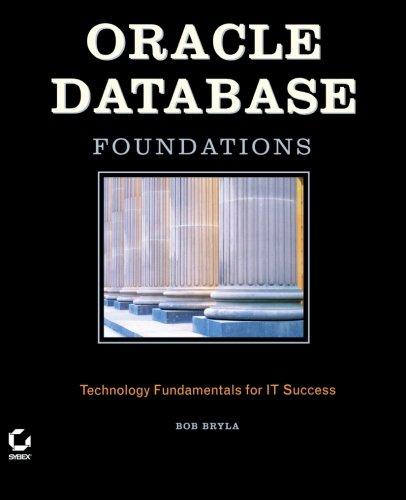Answered step by step
Verified Expert Solution
Question
1 Approved Answer
import numpy as np #machine learning tool used for efficient array processing import pandas as pd #machine learning tool used for data sets and data
import numpy as np #machine learning tool used for efficient array processing
import pandas as pd #machine learning tool used for data sets and data frames
from sklearn.model
selection import train
test
split #traditional machine learning
from sklearn.feature
extraction.text import TfidfVectorizer#text is converted into vectrorizeor
numbers
to feed into computer
#tf
how much times a term is repeated,idf
inverse documentry frequency
no of documents
no of documents has the term
from sklearn.linear
model import PassiveAggressiveClassifier # this is for text classification
from sklearn.metrics import accuracy
score, confusion
matrix #for result
# Read the data
df
pd
read
csv
content
fake
or
real
news.csv
#reading the data and lebelling them,for accuracy
# Get shape and head
print
df
shape
#This line prints the shape of the DataFrame df
which represents the number of rows and columns in the DataFrame.
print
df
head
# This line prints the first few rows of the DataFrame df
By default, it prints the first
rows
#DataFlair
Get the labels
labels
df
label
labels.head
class TextClassification:
def
init
self
df
labels
:#here we split the data into train and test so that we can see the accurcy
self.df
df #df
pandas
DataFrame
:The DataFrame containing the text data and labels.
self.labels
labels #The Series containing the labels
target variable
self.x
train, self.x
test, self.y
train, self.y
test
train
test
split
df
text
labels test
size
random
state
# Split data into training and testing sets
train
test
self.tfidf
vectorizer
TfidfVectorizer
stop
words
'english', max
df
# Create a TF
IDF vectorizer with English stop words removed and a maximum document frequency threshold of
self.tfidf
train
None
self.tfidf
test
None
self.pac
PassiveAggressiveClassifier
max
iter
# Instantiate a PassiveAggressiveClassifier with a maximum number of iterations of
def preprocess
data
self
:#Preprocesses the text data using TF
IDF vectorization.
self.tfidf
train
selftfidf
vectorizer.fit
transform
self
x
train
self.tfidf
test
selftfidf
vectorizer.transform
self
x
test
def train
model
self
:#Trains the text classification model using the PassiveAggressiveClassifier.
self.pac.fit
self
tfidf
train, self.y
train
def evaluate
model
self
:#Evaluates the trained model's performance using accuracy and confusion matrix.
y
pred
selfpac.predict
self
tfidf
test
score
accuracy
score
self
y
test, y
pred
print
f
Accuracy:
round
score
confusion
mat
confusion
matrix
self
y
test, y
pred, labels
FAKE
REAL
print
Confusion Matrix:"
print
confusion
mat
if
name
main
:
# Sample usage
df
pd
read
csv
content
fake
or
real
news.csv
labels
df
label
# Create an instance of TextClassification
classifier
TextClassification
df
labels
# Preprocess the data
classifier.preprocess
data
# Train the model
classifier.train
model
# Evaluate the model
classifier.evaluate
model
this is code and output screenshot for fake news detection using python pls do provide with detailed ellaborate content for Abstract
Introduction
Methodology
Results
Results Screenshot
Conclusion for this project in detail very big

Step by Step Solution
There are 3 Steps involved in it
Step: 1

Get Instant Access to Expert-Tailored Solutions
See step-by-step solutions with expert insights and AI powered tools for academic success
Step: 2

Step: 3

Ace Your Homework with AI
Get the answers you need in no time with our AI-driven, step-by-step assistance
Get Started


